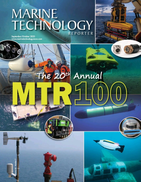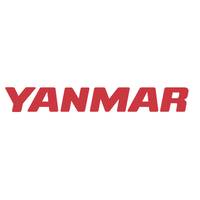
Yanmar, Sony Form Joint Venture for Underwater Sensing Technology
to enhance and commercialize remotely operated vehicles (ROVs) used for underwater surveys and hull-cleaning operations.Growing concern over greenhouse gas emissions from shipping and the spread of invasive organisms attached to hulls has prompted a stricter regulatory response from the International Maritime Organization. Meeting these requirements typically relies on divers to clean hulls, a method that raises safety and labor shortage concerns.In response, Yanmar is developing a high-pressure water jet ROV that offers a fast cleaning speed, along with a debris collection system capable of filtering
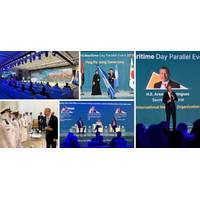
World Maritime Day Parallel Event 2025 Held in Dubai
innovation and strengthen international cooperation during the celebration of the 2025 World Maritime Day Parallel Event (WMDPE) last week.The event (September 30–October 1) was hosted by the United Arab Emirates Ministry of Energy and Infrastructure in collaboration with the International Maritime Organization (IMO).The event combined a maritime exhibition showcasing innovations in sustainable shipping, with a series of five panel discussions over two days, featuring experts and policy makers:Panel 1: Our Ocean, Our Obligation, Our Opportunity underscored the links between ocean health
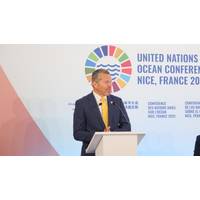
IMO Calls for Action After UN Ocean Conference
The Secretary-General of the International Maritime Organization (IMO), Arsenio Dominguez has applauded the important commitments made at the United Nations Ocean Conference (9-13 June) in Nice, France, while urging countries to deliver on these promises as soon as possible.Dominguez said: “Commitments are a necessary first step, but they are not the finish line. We must now move beyond the statements and turn those words into real, measurable action. That will take all stakeholders coming together, sharing information, and aligning actions to bridge differences and drive progress.”Dominguez
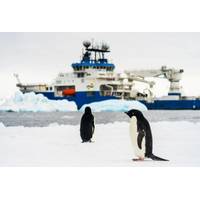
Schmidt Ocean Institute Successfully Concludes Inaugural Antarctic Expedition
around this part of the global Ocean in the coming decade.” R/V Falkor (too) is a certified Class C polar vessel, which means it can operate in austral summer when there is light sea ice, also known as first-year ice. The ship received its polar certification from the International Maritime Organization (IMO) in October 2024. It was operationally supported by EYOS (Expeditions, Yachts, Operations, and Support Services), an internationally known polar expedition organization. EYOS aided in mission planning, permitting, and more. King said two ice pilots also joined the expedition to
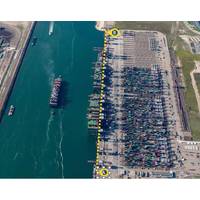
IHO Nautical Information Provision Work Group endorses Guide for Nautical Data 2.1
2.1. The guide was unanimously endorsed.The guide has been written, with contributory input from International Harbour Masters Association (IHMA) members around the world, to support hydrographic offices and port authorities in the discharge of their collective responsibilities as per the International Maritime Organization’s (IMO) International Convention for the Safety of Life at Sea (SOLAS) Chapter V, Regulation 9: Hydrographic Services.SOLAS sets out the minimum standards for the construction, equipment, and operation of ships, compatible with their safety. Specifically, Chapter V, Regulation
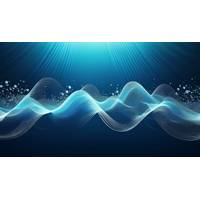
Underwater Radiated Noise and Ocean Health
effects on marine ecosystems. Species like whales and dolphins are particularly vulnerable, as they rely on sound for long-distance communication and navigation. Coastal waters, where marine biodiversity is often concentrated, are especially sensitive to URN.Regulatory bodies such as the International Maritime Organization (IMO) have begun addressing this issue. The IMO's URN guidelines encourage stakeholders to adopt noise reduction measures, and national and regional measures are providing focused protection for particularly sensitive coastal areas, e.g. through mandatory or voluntary slow down
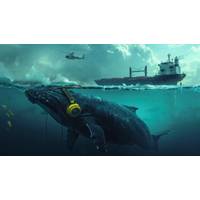
Underwater Noise Reduction Guidance from BIMCO, ICS
BIMCO and the International Chamber of Shipping (ICS) have developed a guide which aims to help the shipping industry understand and reduce underwater radiated noise from ships and help the industry implement the underwater noise guidelines from the International Maritime Organization (IMO).The attention on underwater radiated noise from ships has significantly increased over the last few years and the demand for action has risen due to its effects on marine creatures and the environment. Commercial shipping is one of the main contributors to underwater noise at low frequencies and research
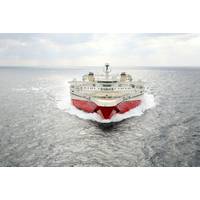
Glamox to Light Up PGS’ Seismic Vessels
, we aim to retrofit each vessel with around 2,500 new luminaires. This initiative contributes to our goal to reduce our emissions by 75 percent and achieve a Net Zero carbon footprint by 2050,” said Olaf Brunstad, VP Fleet Management, PGS.“Recent new targets set by the International Maritime Organization are putting the maritime industry under increasing pressure to adopt technologies to reduce its carbon footprint. "Emission reduction targets and the phase-out of fluorescent lighting due to EU directives for saving energy and eliminating hazardous waste, are seeing a wave
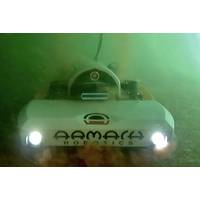
Armach Robotics Introduces Proactive In-water Hull Cleaning
the world’s first autonomous system capable of proactive in-water cleaning and inspection.Although shipping is considered the lowest carbon footprint of any mode of transport per ton transported, it is responsible for least 2.5% of the world’s total CO2 emissions. The International Maritime Organization has set a target to reduce emissions by 50% by 2050.Ship owners are required to plan and manage ship efficiency, which is where an increase in implementing new technologies and practices will become a key strategy to reach the targets set. Owners and operators are increasingly considering

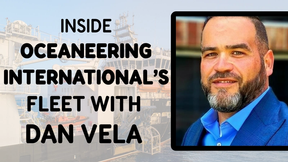
 August 2025
August 2025


